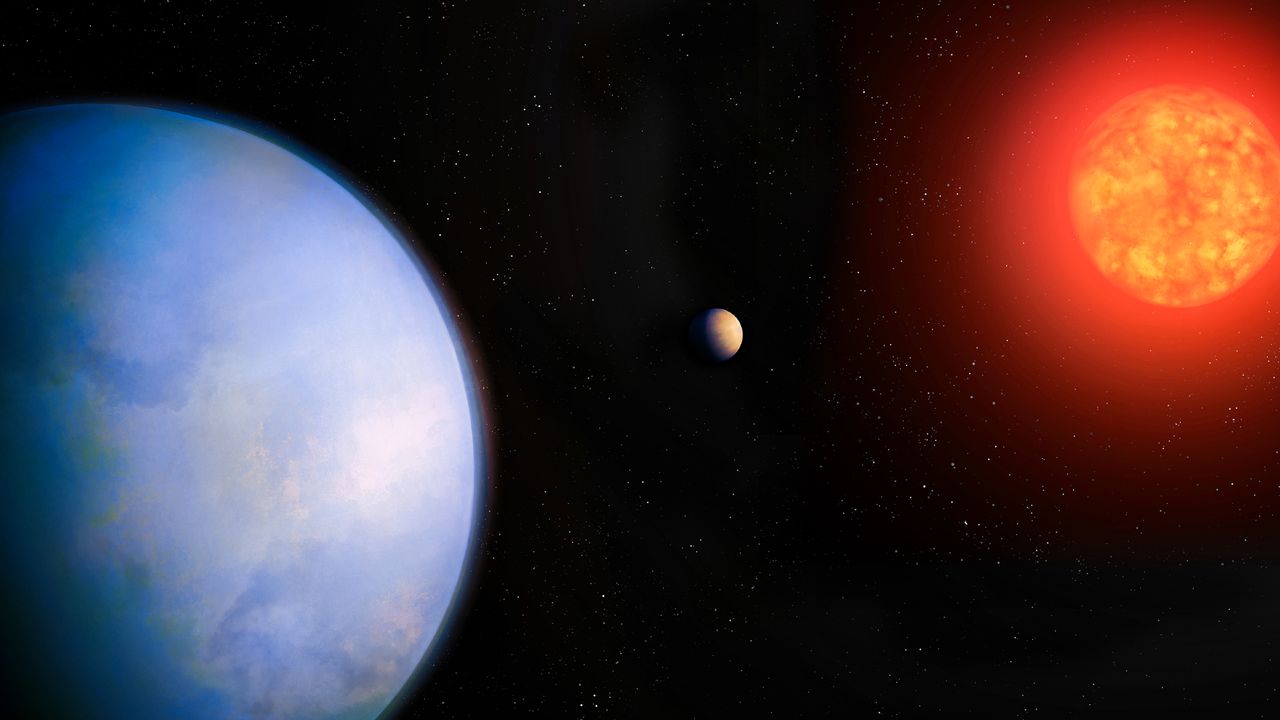A newly discovered exoplanet, designated as GJ 251c, has captured the attention of astronomers due to its location in the habitable zone of its star, situated just 18.2 light-years away in the constellation of Gemini. This super-Earth, with a mass approximately four times that of Earth, is now among the top candidates in the search for extraterrestrial life beyond our solar system.
The discovery was made possible through over two decades of observations that tracked a slight wobble in the parent star caused by the planet’s gravitational influence. According to Suvrath Mahadevan, a professor of astronomy at Penn State University, “While we can’t yet confirm the presence of an atmosphere or life on GJ 251c, the planet represents a promising target for future exploration.”
Understanding GJ 251c and Its Star
GJ 251c orbits a red dwarf star classified as having 36% of the mass of our sun. This specific star type has generated interest among astronomers due to its potential to host rocky planets within its habitable zone. The habitable zone, often referred to as the Goldilocks zone, provides conditions suitable for liquid water, which is essential for life as we know it.
The research team utilized archival data, refining their radial velocity measurements of GJ 251b, another planet in the same system discovered in 2020. The refined data, combined with new observations from the Habitable-Zone Planet Finder at the Hobby-Eberly Telescope in Texas, led to the identification of GJ 251c. This planet completes an orbit around its star every 54 days.
Despite the promising aspects of GJ 251c, the presence of its host star raises questions. Red dwarfs, while common, are known for their volatile behavior, frequently emitting powerful flares that can strip away a planet’s atmosphere. Observations of planets around similar stars, such as TRAPPIST-1, have shown a lack of atmospheric evidence, leading to skepticism about the habitability of worlds around red dwarfs.
Future Observations and Challenges
The challenge of detecting GJ 251c was significant. Stars undergo constant activity, creating background noise from convective bubbles and asteroseismic activity, making it difficult to isolate the signals indicative of a planet. Mahadevan explained, “This is a hard game in terms of trying to beat down stellar activity as well as measuring its subtle signals.”
Now that GJ 251c has been identified, astronomers can plan future observations. While the James Webb Space Telescope (JWST) may be too far from the planet to search for atmospheric signs directly, next-generation telescopes could potentially detect its atmosphere by analyzing reflected light. The anticipated Habitable Worlds Observatory, a proposed space telescope expected to launch in the 2040s, may provide the capabilities needed to fully characterize GJ 251c.
Although Mahadevan describes GJ 251c as “one of the best candidates in the search for an atmospheric signature of life,” uncertainties remain. The planet’s distance from its star provides some hope of avoiding the destructive effects of stellar flares, but this is still speculative. “We made an exciting discovery,” Mahadevan remarked, “But there’s still much more to learn about this planet.”
The findings regarding GJ 251c were published on October 23, 2023, in The Astronomical Journal, marking a significant step forward in the quest to understand our universe and the potential for life beyond Earth. As research continues, GJ 251c stands out as a focal point in the ongoing exploration of exoplanets and their atmospheres.





































































